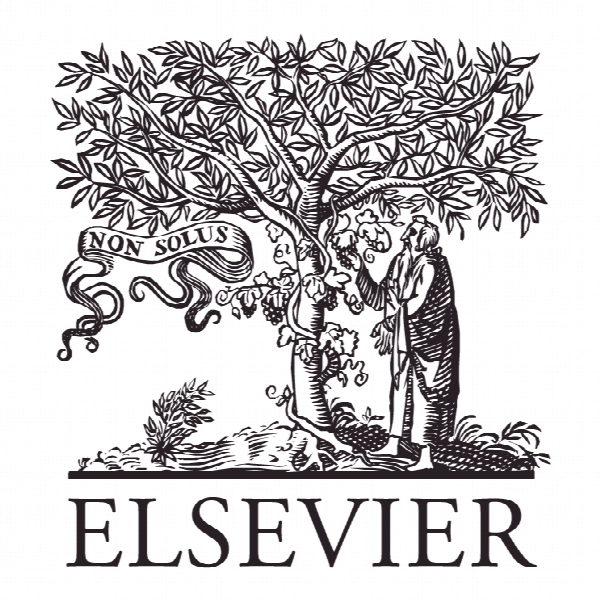پیش بینی فناوری با استفاده از تحلیل سری تاثیر گذار بر روند مداخله سری زمانی برای سناریوی عملکرد گندم در هند Technology forecasting using time series intervention based trend impact analysis for wheat yield scenario in India
- نوع فایل : کتاب
- زبان : انگلیسی
- ناشر : Elsevier
- چاپ و سال / کشور: 2017
توضیحات
رشته های مرتبط مدیریت و کشاورزی
مجله پیش بینی فنی و تغییر اجتماعی – Technological Forecasting & Social Change
دانشگاه موسسه تحقیقات آمار کشاورزی هند، دهلی نو، هند
نشریه نشریه الزویر
مجله پیش بینی فنی و تغییر اجتماعی – Technological Forecasting & Social Change
دانشگاه موسسه تحقیقات آمار کشاورزی هند، دهلی نو، هند
نشریه نشریه الزویر
Description
1. Introduction Forecasting in a systematic and scientific way can play a crucial role for providing timely information to policy makers on food shortages and/or surpluses for timely management of food supplies. This is more important in case of adverse environmental conditions. Wheat is the second most important food-grain crop after rice in India. It is the staple food of millions of Indians. Therefore, not only forecasting of wheat yield but also technology forecasting related to this crop is very important for policy makers of the country. The applications of quantitative technique i.e. statistical model particularly ARIMA model were used extensively for forecasting crop are, yields or production data have been reported for pigeon pea production (Sarika et al., 2011), sugarcane area, production and productivity (Suresh and Priya, 2011), maize area and production (Badmus and Ariyo, 2011), rice area and production (Prabakaran and Sivapragasam, 2014) etc. The approach of employing ARIMA modeling for forecasting provides better result for short period but for longer period this approach may not produce a reliable forecast as it does not consider the effects of unprecedented future events or technologies that could cause deviation from the model. The domain of technology forecasting not only incorporates, the benefits of quantitative approaches but also takes care of unprecedented future events. Therefore, efforts are often made to fuse qualitative approaches with them to better predict the future values. One such important hybrid forecasting approach is the Trend Impact Analysis (TIA) (Gordon, 2003; Glenn, 2003; Firat et al., 2008). TIA consists of two steps. In the first step, a baseline forecast is generated using a suitable statistical model based on historical data. In the second step, a set of future events and their impacts are identified utilizing prior knowledge which are elicited/validated from/by experts or by collecting information employing qualitative forecasting approaches like Environmental Scanning, Delphi Survey etc. This is further followed by application of Monte Carlo simulation in the TIA algorithm which combines the impact and event probability judgments with the outcomes of the baseline scenario (model based forecasts) to generate a fan of possible future scenarios. Based on these scenarios, the median, 5th and 95th percentile scenarios are computed thus specifying three divergent scenarios. There are several instances of application of TIA in industry and other divergent domains like aviation, energy, transportation etc. (Gordon, 2003; Winkless, 2004). TIA approach has been applied in the field of agriculture as well, for predicting future fruit consumption of Netherland (Hennen and Benninga, 2009) and for projections of Eucalyptus cultivation in Brazil (Lotfi and Pela, 2009). There are instances of modifying the TIA approach. An enhanced TIA approach by considering three degrees of severity; low, medium and high was developed for each unprecedented future event to generate fan of possible future scenarios (Agami et al., 2008). Attention was paid to surprise-free forecast aspects of TIA by employing neural network based approach for forecasting the base-line scenario to enhance the prediction ability of TIA (Agami et al., 2009). Further, an advanced mechanism was proposed to generate more valid estimates to the probability of occurrence of an unprecedented event as a function of time with divergent degrees of severity employing fuzzy logic (Agami et al., 2010).


